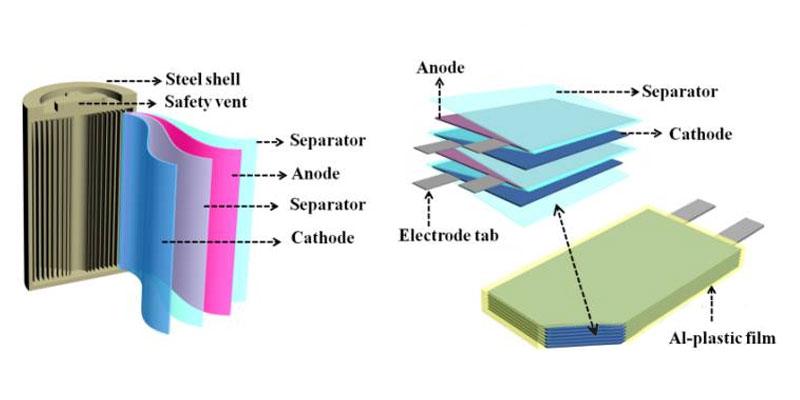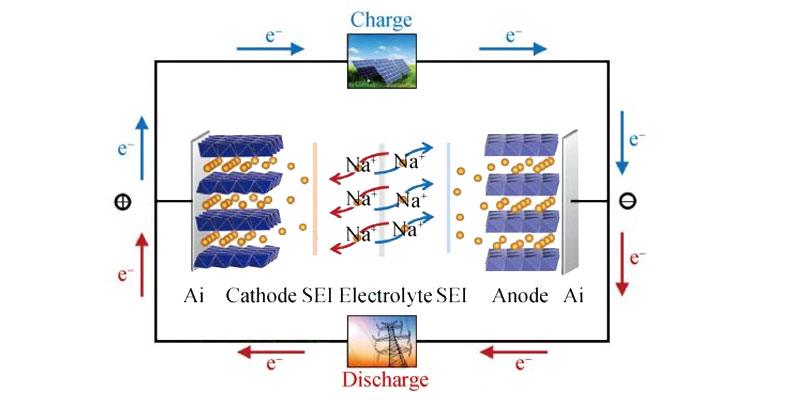How do sodium ion batteries work
How Do Sodium Ion Batteries Work? Unraveling the Mechanisms Behind a Promising Energy Solution
Introduction to Sodium Ion Batteries
Sodium ion batteries are emerging as a significant player in the global shift toward sustainable energy. With the increasing demand for efficient, cost-effective, and environmentally friendly energy storage solutions, understanding the science behind batteries is crucial.
- Fundamental Chemistry and Operations:
- Ionic Movement: In sodium ion batteries, ions move from the cathode to the anode during charging and back when discharging. This movement is facilitated by an electrolyte that conducts ionic current between the two electrodes while preventing electronic contact.
- Energy Storage Mechanism: The ability to store energy in sodium ion batteries lies in the electrochemical potential difference between the cathode and anode materials. This potential difference drives the movement of sodium ions across the electrolyte, storing energy during charging and releasing it during discharging.
- Material Science: The development of batteries relies heavily on advances in material science, particularly regarding the cathode and anode materials. Researchers are exploring various materials that can enhance the capacity, stability, and efficiency of these batteries.
- Cathode Developments: Recent advancements include the use of layered transition metal oxides, which offer a stable and high-capacity platform for sodium ions to intercalate.
- Anode Innovations: Hard carbon is currently one of the most promising anode materials for sodium ion batteries. It offers a unique porous structure that facilitates rapid ion exchange and provides substantial electrical conductivity.
Cost and Availability: Economic Implications of Sodium-Ion Technology
Understanding the economic impact of adopting sodium ion batteries over traditional lithium-ion batteries reveals several benefits and challenges that could influence global energy strategies.
- Resource Availability: Sodium’s abundance significantly reduces concerns over supply scarcity and geopolitical issues associated with lithium resources. This abundance could lead to more stable and predictable pricing for sodium ion batteries.
- Production and Scaling: The scalability of battery production holds the key to its adoption. With sodium being available in various forms, including common salt, the extraction and purification processes are potentially less costly and more environmentally friendly than those for lithium.
- Market Readiness: Despite their potential, the introduction of batteries into markets dominated by lithium-ion products requires strategic planning. This includes investment in manufacturing facilities, development of global supply chains, and creation of market acceptance for this new technology.

Safety and Stability: Sodium-Ion Batteries’ Enhanced Safety Features
Safety is a paramount concern in battery technology, and sodium ion batteries offer intrinsic safety features that make them particularly attractive.
- Thermal Management: Sodium ion batteries are less prone to overheating due to their inherent chemical stability. This stability reduces the risk of thermal runaway, a common problem in lithium-ion batteries that can lead to fires or explosions.
- Electrochemical Stability: Sodium’s electrochemical properties ensure that it does not react as vigorously as lithium when exposed to moisture or high temperatures, which enhances the overall safety of these batteries.
- Design and Engineering: Safety in sodium ion batteries is also a function of innovative design and engineering practices. This includes the development of robust battery management systems that monitor battery health, manage charging rates, and prevent operational conditions that could lead to safety issues.
Himax Electronics: Driving Innovation in Sodium Ion Battery Technology
Himax Electronics is at the forefront of the development and commercialization of batteries, contributing to their safety, efficiency, and market adoption.
- Research and Development: Himax’s commitment to research and development in sodium ion technology focuses on overcoming barriers to energy density and cyclability. Their work in optimizing electrode materials and electrolyte compositions is crucial for enhancing the performance of sodium ion batteries.
- Technological Partnerships: Collaboration with academic institutions and industry leaders allows Himax to integrate the latest scientific discoveries into their product development processes. These partnerships help accelerate the path from laboratory research to commercial products.
- Sustainable Practices: Himax is dedicated to promoting sustainable energy solutions through the development of batteries. This commitment is reflected in their choice of materials, manufacturing processes, and the recyclability of their products.

Conclusion
Sodium ion batteries represent a vital advancement in the quest for sustainable energy storage solutions. With their potential for lower costs, enhanced safety, and environmental benefits, these batteries could play a crucial role in the future of global energy systems. Himax Electronics continues to lead in innovation, pushing the boundaries of what is possible in battery technology.
For more detailed insights into sodium ion battery technology or to explore how Himax Electronics can support your energy storage needs, visit their website or contact their customer service team.



